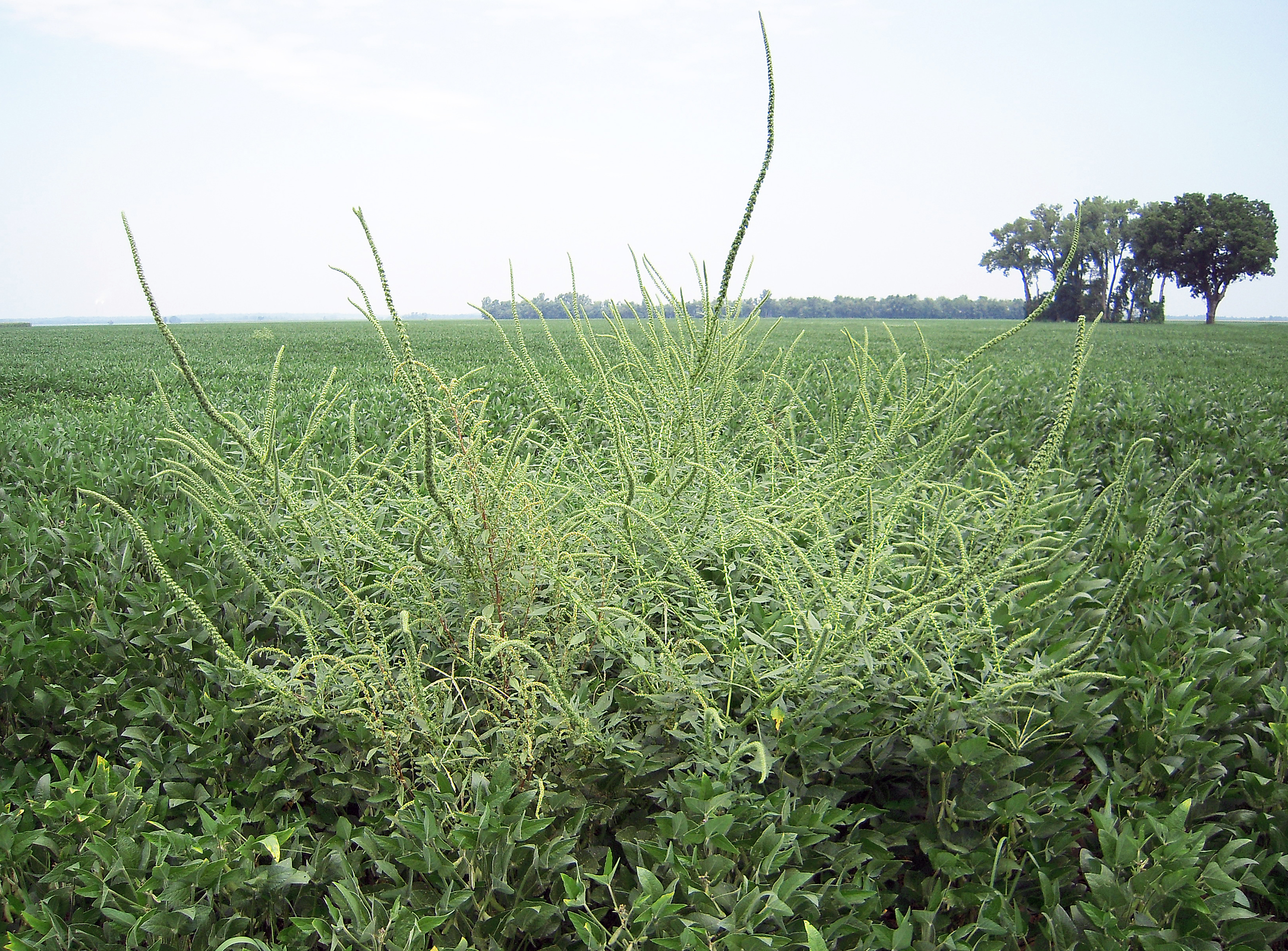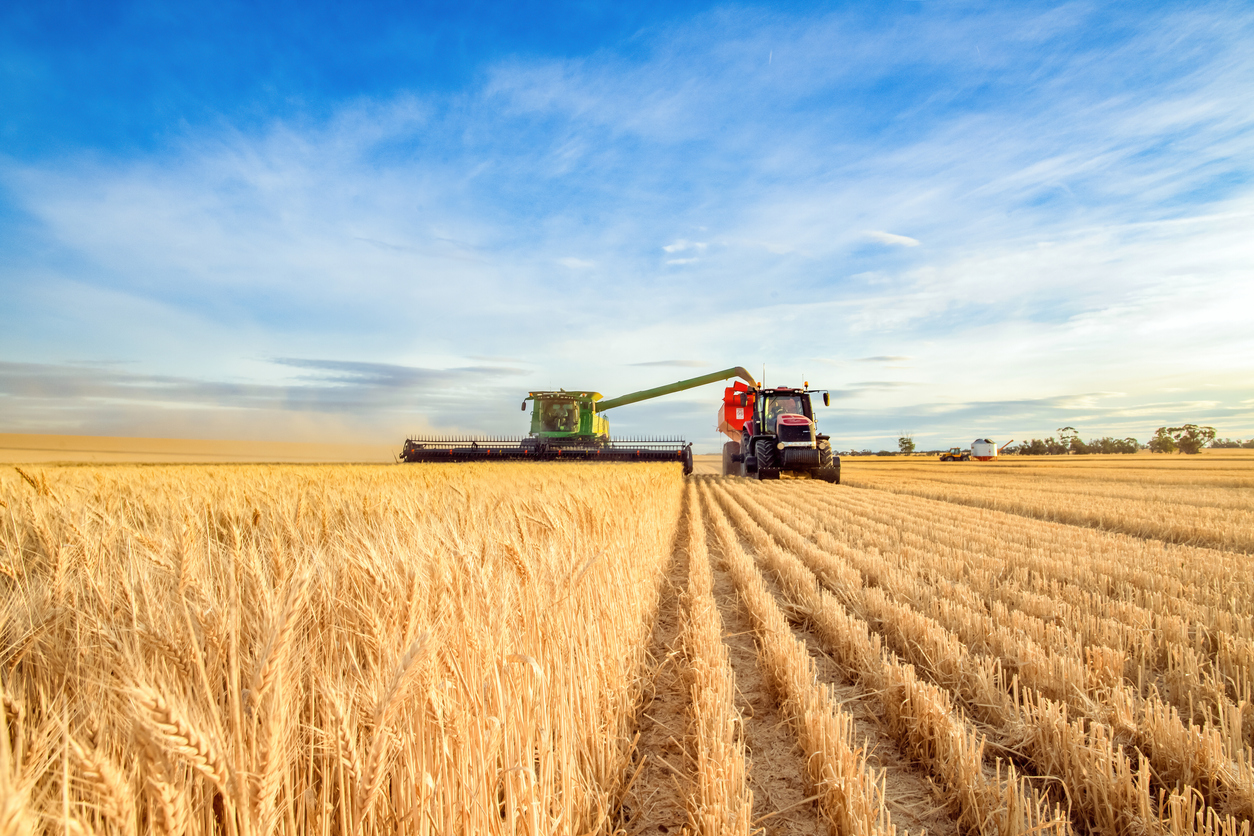Cereal Rye as a Feed

The following article was written by Eric Richer, Fulton County Extension Educator. In recent years, rye (Secale cereale L.), also known as cereal rye or winter rye, has been planted by producers as an entry level or “user friendly” cover crop. As a cover crop, it is a great nutrient recycler, soil builder, topsoil loosener, and erosion preventer. For dairy and beef producers, rye can also be considered for additional grazing or forage value. Based on surveys from several Northwest Ohio producers who have used rye as a spring feed source, it can provide additional feed tonnage on idle acres in a corn-soybeans rotation and with minimal effort or expense. According to the Ohio Agronomy Guide, rye is most winter hardy and earliest maturing cereal grain grown in Ohio. While spring rye-lage will not have the same feed value as corn silage, producers can evaluate its cost per pound of gain to see if it may fit in their total mixed ration (TMR) feeding systems. Based on feed analyses from fiv







